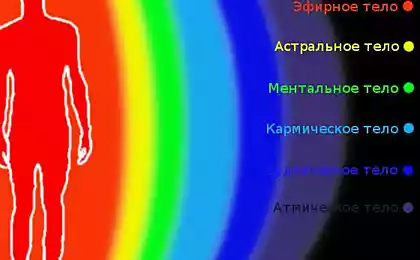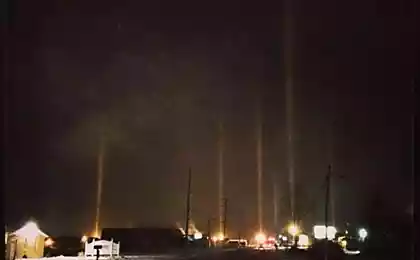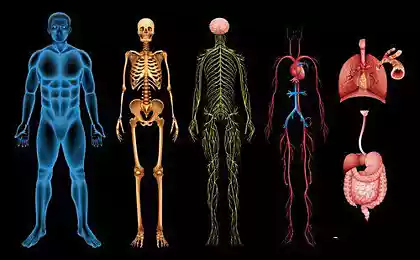589
Alkaline hydrolysis - a way to bury the body after dilution

alkaline hydrolysis (Resomation) - the so-called method of disposing of the dead, invented by Scottish scientist Sandy Sullivan (Sandy Sullivan) in 2007. Unlike both the traditional ways - burial and cremation ground and on specific celestial burial in Tibet, Thai and Indian cemeteries cleanups funeral in the Ganges, this method is more environmentally friendly, which, incidentally, was the main motive for his invention.
The method consists in the fact that the dead body is placed in a special unit - Resomator in which under the action of elevated temperature (160 ° C), high pressure (not boiled) and potassium hydroxide is completely dissolved and diluted in 2-3 hours , sterile water flowing down the drain. Insoluble residues bones are removed, dried, crushed and sent to relatives in the urn.
Compared with the above methods of burial, alkaline hydrolysis process is not emits carbon monoxide, uses less energy and saves space in cemeteries. Research conducted by the Dutch organization TNO (Netherlands Organisation for Applied Scientific Research) show that "environmental" cost alkaline hydrolysis is 0 (zero) euros, while the usual burial ground - 80 euros.
Sandy Sullivan founded the eponymous company Resomation Ltd., which manufactures Resomatory and promotes their use in funeral homes. The same patent pending on the method of alkaline hydrolysis.
Source: www.rumbur.ru
via factroom.ru























